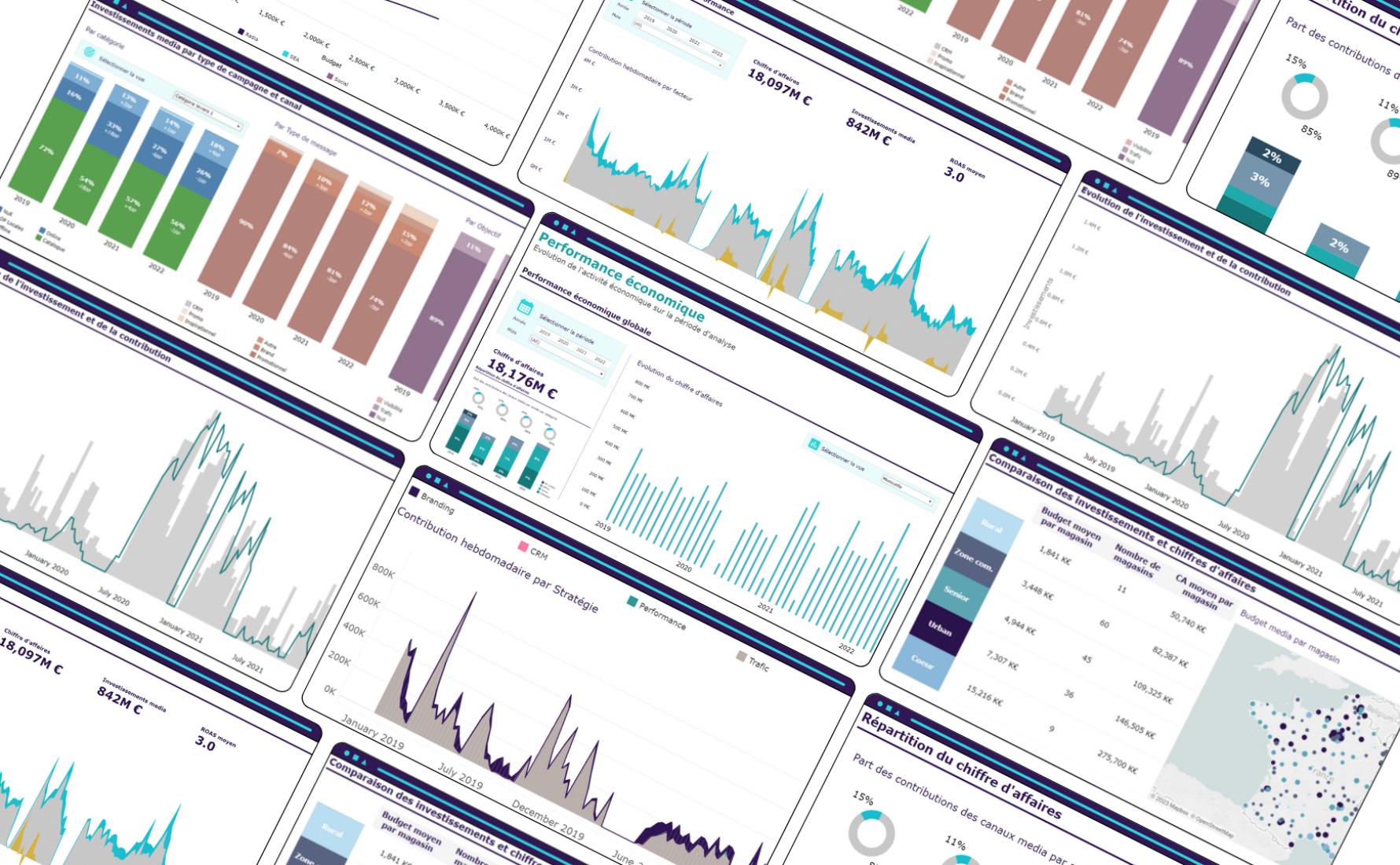Marketing Mix Modeling: Why and How to (Properly) Internalize It?

After introducing the principles of Marketing Mix Modeling (MMM), Guilhem Bodin, partner and media expert at Converteo, explains the benefits of internalizing all or part of the Marketing Mix Modeling (MMM). In this pursuit of autonomy, several solutions are available, with varying levels of internalization.
Key Takeaways
- After adopting MMM as a strategic management tool, some advertisers may benefit from taking the next step by internalizing the tool to gain greater control and mastery over their data and algorithms.
- However, before embarking on full internalization, several questions need to be addressed: Does the company have the capacity to host the data internally? Are its data scientists capable of developing and maintaining econometric models and tools? Does the organization have the necessary agility to ensure that the various teams involved communicate and collaborate effectively?
- Ultimately, whether the internalization is complete or partial, two aspects remain absolutely crucial: control over the data by the advertiser and transparency of the models.
—
For large advertisers, the value of relying on a Marketing Mix Modeling (MMM) tool is well-established: MMM drives improvement, efficiency, and effectiveness in marketing, serving as a highly effective indicator for marketing departments. However, some organizations might benefit from taking this approach further by internalizing the tool, thereby gaining greater control and mastery over their data and algorithms.
Internalizing Data: A First Step
In the quest for autonomy, there are various approaches and levels of internalization. The most intuitive is data internalization: centralizing and structuring data internally is a logical step, especially for governance and confidentiality reasons. This process is now facilitated by the implementation of data lakes, which have become standard among major advertisers.
However, challenges remain, particularly in retrieving data from offline channels and normalizing data to create a homogeneous dataset. These issues require close collaboration: data teams must work hand-in-hand with marketing teams as well as with financial control teams when the project aims to assess the role of marketing on business indicators.
After internalizing data, the advertiser can choose to develop its own MMM solutions or to collaborate with an agency or consulting firm to design models and implement tools for their use. This second approach is what we favor at Converteo, with the MMM platform we have developed, although we can also support clients who wish to become fully autonomous.
Total Internalization: A Delicate Approach
Indeed, total internalization, which involves relying on econometric models developed and maintained internally, is a much more delicate step. It requires having internal competencies and resources, with data scientists trained in econometrics and particularly in MMM, who can stay updated on marketing and media buying trends over time. This task is further complicated by the limited documentation available and the need for substantial R&D to identify models that are relevant to the company’s business model. This mirrors the challenges seen with the internalization of media buying, which few advertisers have ultimately adopted.
Moreover, having competent data scientists available internally is not enough; it is also crucial to interpret the MMM tool’s findings and translate them into actionable steps. Coordination between technical teams and operational teams is essential, requiring good communication, specific skills, and a proven methodology. Clients often underestimate the scope of an MMM project, which involves cross-functional resources, from CRM to acquisition, media buying, and financial control.
Before adopting a total internalization approach, a company must be able to answer “yes” to these three questions: Does the company have the capacity to host data internally? Are its data scientists capable of developing and maintaining econometric models and tools, with potentially significant R&D requirements? Does the organization have sufficient agility to ensure that the various teams involved communicate and work together effectively?
Two Non-Negotiable Principles
Without necessarily moving to total internalization of models, intermediate approaches are entirely feasible. These are methods we implement at Converteo with several clients, depending on their needs and specifics. One option is to integrate a client’s data scientist into our team to provide all necessary resources, support, and stimulation. This allows us to assist them in developing their skills.
Another approach involves offering our technological solutions, such as modeling and prediction platforms, to our clients. With over four years of R&D on this topic, we have developed a suite of solutions that now takes the form of a SaaS platform, which enhances agility while focusing on the most crucial aspects of MMM: analyzing results and creating the resulting test protocols.
Regardless, for models developed by us, we reject “black box” approaches: everything is explainable. There are indeed two particularly important aspects when discussing internalization: data mastery and model transparency—to avoid the “black box” effect.
Converteo’s MMM Factory Platform
Curious to learn how our expertise in Marketing Mix Modeling can boost your marketing and media campaigns?
With Converteo’s MMM Factory, you can easily model the incremental performance generated by your marketing and media actions on your business results. Optimize your marketing and media budget management, reduce costs, and maximize the performance of your investments like never before.














